Some of you know me, some of you don’t. For those who do: HI! 😉 . For those who don’t: welcome to my diary. A way to record some experiences I had. Not interesting, fun or memorable experiences, just experiences.
Long story short, I used to live in Asia and last year I came to South America to travel with my dog without any time restrictions. 2016 was spent mostly in Argentina, and a bit of Chile. This year was spent in Bolivia and Peru. Bolivia was ok but nothing worth writing about, most of it was weird and awkward. Peru is a different story. What follows, is about my experiences during the last three months in Peru. Everything you’ll read below really happened.
Index
Part 1 – Preconceptions
Part 2 – Crossing borders
Part 3 – Cusco
Part 4 – Machu Pichu
Part 5 – Lima
Part 6 – Paracas
Part 7 – Choquequirao
Part 8 – Iquitos
Part 9 – Ayahuasca
Part 10 – Conclusion
Part 1 – Preconceptions
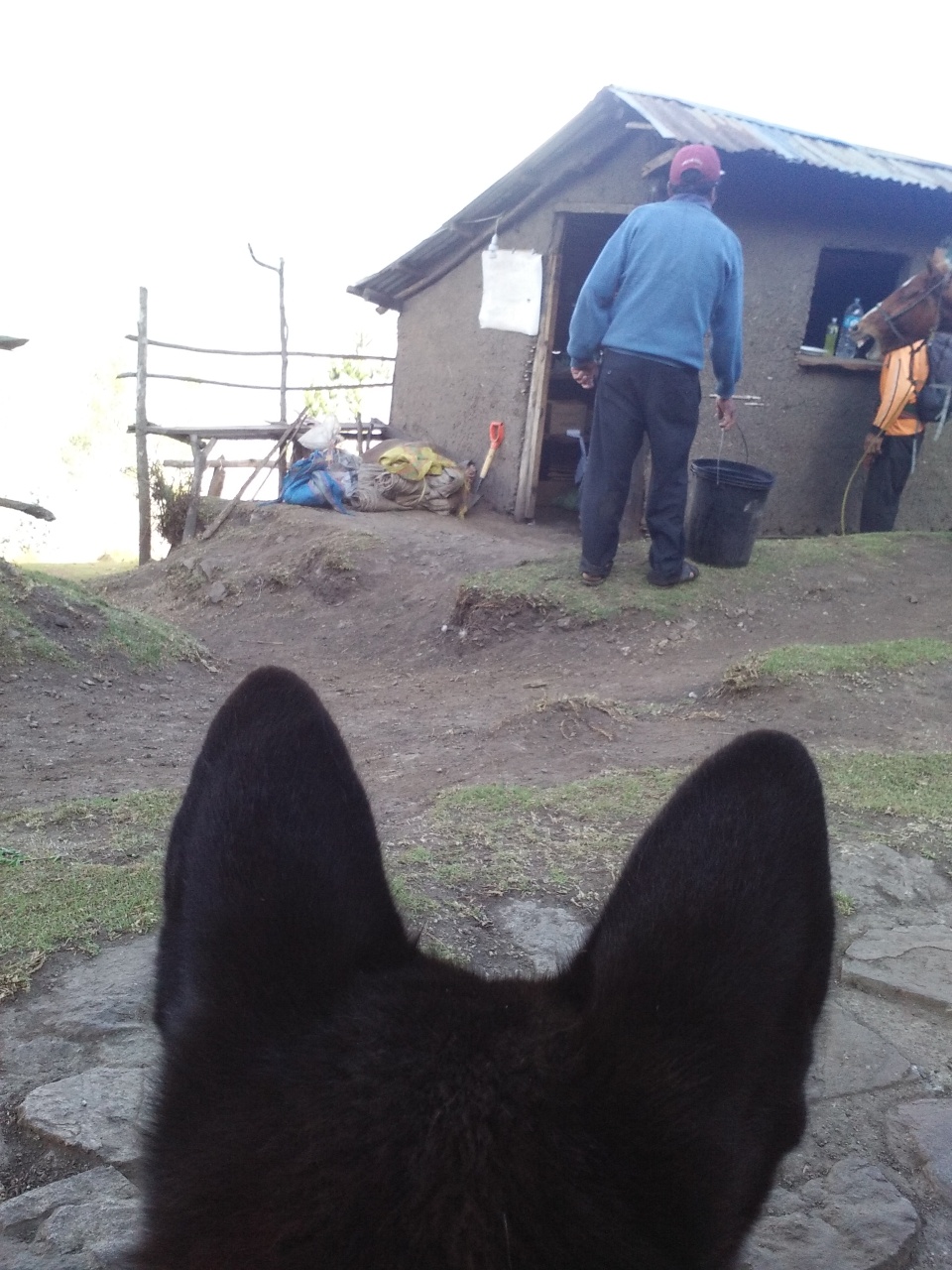
Honestly speaking, I didn’t know much about Peru before coming here. What I knew was from the couch surfers I hosted in Argentina, many of them had come from Peru, all of them had loved it.
I knew about Machu Pichu and I knew it was the most touristy place in South America. I also knew what they said about it being really cheap and nice but not as nice as Colombia and not as cheap as Bolivia.
I had heard there are pickpockets and some tourists get kidnapped sometimes, like express kidnapped. I knew about Ayahuasca and that the Incas lived here before but they are not here anymore because something happened to them
.
I also knew it was a big country with many things to do and see, and that a few weeks or months would not be enough. I thought it was a country worth spending a few years in.
I knew people are generally poor but friendly. I knew they are Catholic, just like everywhere else in South America but probably a bit more.
And I knew it would probably be a nice place for me to settle down.
Part 2 – Crossing borders
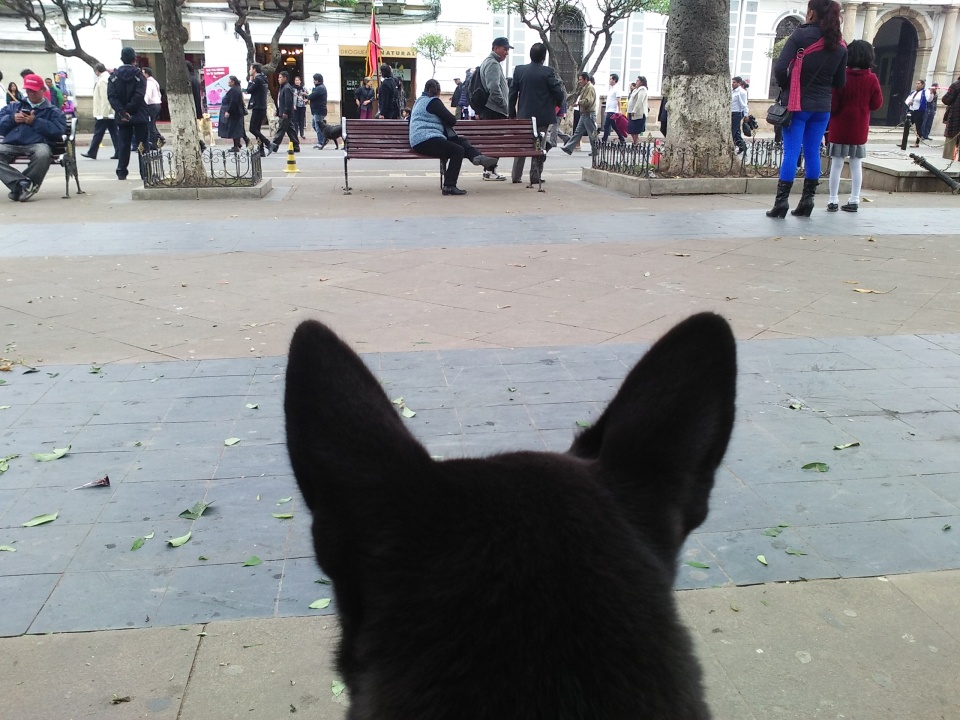
I was wary of crossing the Bolivia-Peru border in Copacabana for several reasons. The first one was that I knew it’s the main border foreigners use while traveling in between those two countries, and I, of course, didn’t want to face the hordes of tourists, touts and everything that comes along with crossing the most popular border. But options were thin on the ground at the time, it was either that or face the 32 plus hours bus ride from La Paz to Riveralta and then another 30 to Rurenabaque.
In the end, it was nothing like I expected it to be. There were almost no foreigners and no one bothered us anywhere. It was the first of many misconceptions I had about Peru.
The second reason I was wary of using that border was that it would be the first time I would cross a border illegally. Why do I need to cross illegally? Because I’m poor, and the paperwork required to take a dog from one country to the next had taken a toll on me.
It’s about 50 USD, for every country we visit. I had paid before to go to Argentina, Chile and Bolivia, after that I decided that as we keep going north, is not realistic, neither time-wise, effort-wise or money wise, to do every paper again for every country we visit, as countries in South Amerca don’t recognize certificates from neighbors and we are planning to stay in South and Central America for a few more years, where countries are very small, especially around the Caribean.
Traveling with a dog is difficult enough on its own without counting the paperwork. All the logistics involved are difficult enough to handle. Accommodation is harder to come by, food and vet costs add up quickly and discrimination is fierce, as there are still too many people out there that don’t like dogs and don’t understand that someone can travel with one.
For example, many one hotel staff or landlords can’t conceive the fact that the dog sleeps in my room next to my bed, not on the street or in a yard somewhere. A restaurant owner is not happy with the fact that a dog comes with me to eat and I order an extra plate for her and put the food in a plastic bag which she eats under the table while I eat mine, or that I take the meat out of my plate to give it to her. Or a bus driver may not be happy with me taking a black ball of fur under my seat. All that builds up inside me as well and the rejection, stress, and lack of empathy people sometimes show, can add up pretty quickly to the many obstacles a regular traveler has to overcome with or without a dog.
There were no immigration officers anywhere to be seen between the borders, it seems most people who cross don’t get any stamp or paper and those who want to get one can enter some small office somewhere if they find it. So Bong Gu and I crossed illegally for the first time but no the last one.
Part 3 – Cusco
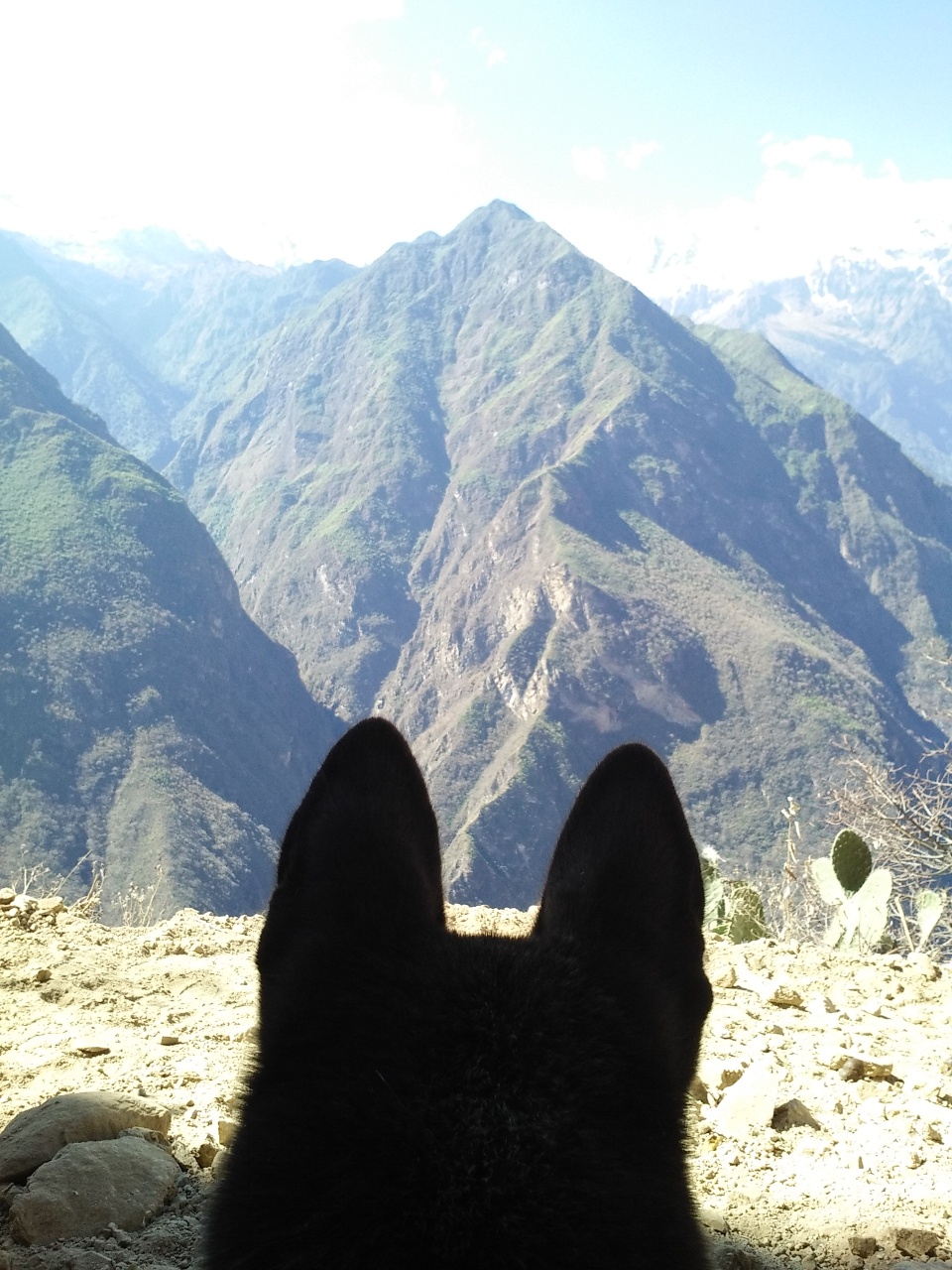
Again I was worried about going to Cusco thinking I would be just another foreigner or tourist there, hence losing my individuality. I was mistaken again, Cusco is a huge city and the foreigners stay only in a few areas.
Something I was sure of, was that Cusco wasn’t a place to spend a few days at, There were too many things to do and to see. Even a few weeks would probably not be enough, but they could be a good start.
I obviously can’t afford to stay in a hotel for a few weeks, neither I want to stay with Couchsurfers and having to socialize every day and do stuff together, so the way we approached the housing situation, was the same way we had approached it in the past. We got a hotel room for the night, left our backpack there and started walking around the city looking for signs posted on the walls that said they rent a room. That technique had never failed us before, so it should work even better here that we can speak their language.
Check out from the hotel was at 12, so we left at 7 with the hopes of coming back before noon after we had found a room to rent, to pick up our stuff and move to our new place.
The hotel was already in a residential area which was where the bus from Puno had dropped us off. We checked our GPS and started walking away from the city center which is where cheap rooms usually are.
By 9 am we had found about six signs saying they had rooms for us. By ten our list was reduced to two, one of them was small but furnished, at a ran down family-house with access to the kitchen, the only downside was that you had to go through their living room and interact with the family every time you needed to get in or out of the house.
The second one was s fourth floor empty room at a hotel a few hours away from downtown Cusco, there was nothing on it, not even a bed, instead of walls there were windows, without curtains, making it incredibly bright during the day and brighter than it should be during the night because of the street lights. The good thing about this one was that it had its own independent entrance so we wouldn’t need to wake everyone up when leaving the room early in the morning.
Both rooms were priced equally, at about a hundred dollars a month, that was something I was comfortable paying, as it was the same I was paying in China for the last few years before coming down to South America. They both accepted dogs and had no problem in renting me a room for just two weeks to start with.
We chose the room in the hotel because of the independence it offered and because it had wifi, which the other one didn’t. By eleven thirty we were back in time to get our bag and check out from the place we’d stayed the night before.
After that, we took a few days to relax and went to explore the sacred valley around Cusco by ourselves. With its many valleys and grasslands, it was probably the nicest thing we’ve seen during our time in Peru.When that was done with, we took a few more days off to relax and went off to Machu Pichu.
Part 4 – Machu Pichu
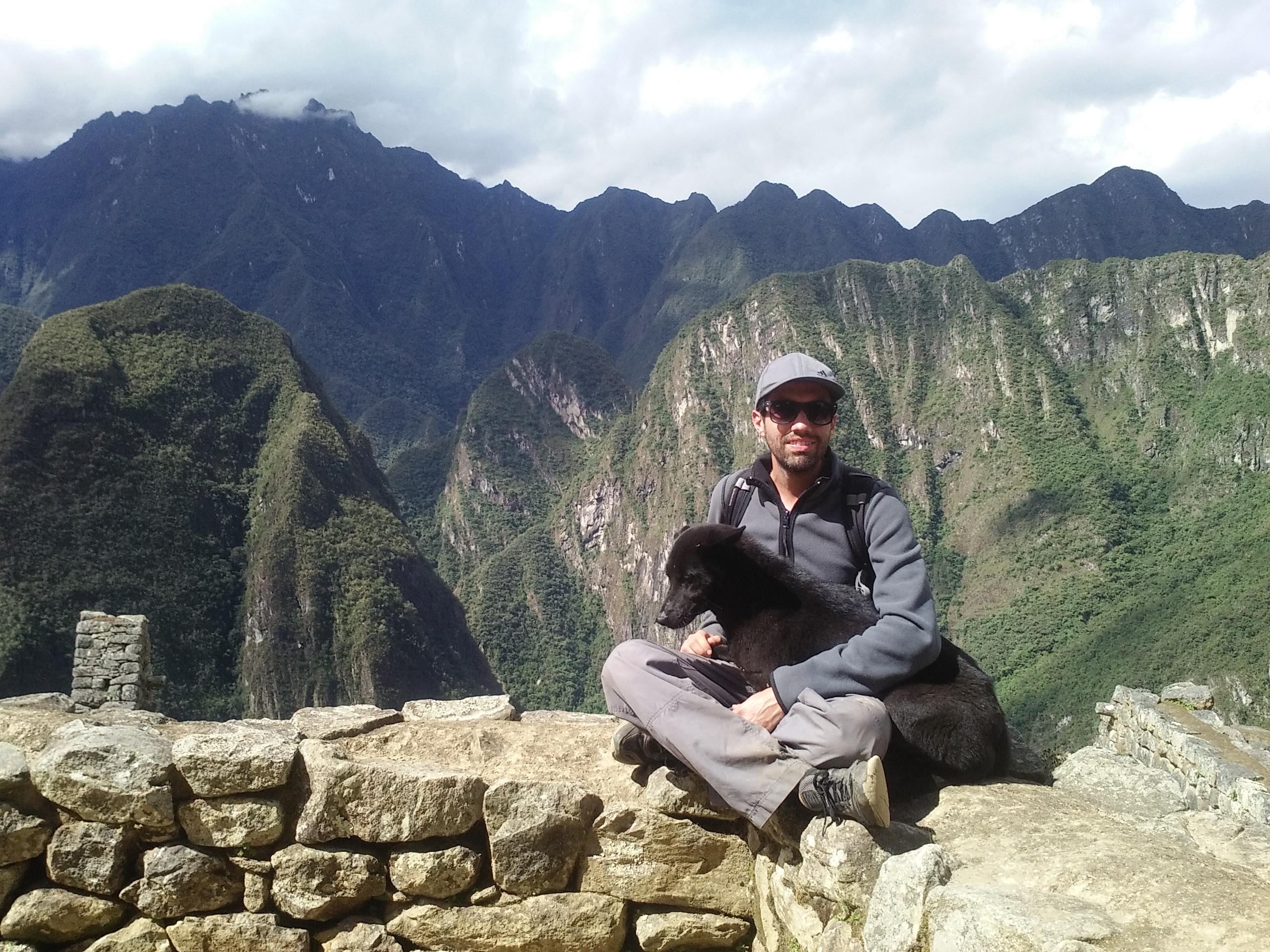
Machu Pichu is a tourist trap, that much is clear. And I’m not really a tourist, that much is also clear. I wouldn’t go to see stuff like the Eiffel Tower or The Great Wall.
Did I want to see Machu Pichu? Maybe, I wasn’t crazy about it, like some foreigners, who dream their whole life with coming to Peru just to visit Machu Pichu. For me it was more like a dilemma, It could be nice to see it but I definitely don’t want to feel like a tourist.
That leads me to the next question: Can I afford to visit Machu Pichu? No, not really.
If I factor in accommodation, transportation, and entrance fees, Machu Pichu could have cost at least two or three hundred dollars. To be honest, my budget is about a hundred dollars a week for everything, that’s something I, realistically speaking, feel comfortable spending. Some people spend more, some spend less, I don’t consider myself a frugal traveler or anything like that. I eat well, sleep comfortably and take good care of my dog, and that’s how much money it takes to do it. I’m saying that to make the fact that spending the budget of a few weeks in just one day it was not really an option.
If I wanted to use money as an excuse for not visiting Machu Pichu, it would have been very easy to just skip it all together and keep moving on to a cheaper place, but the truth is, in this kind of situations, money is not an issue, it never was, and it will probably never be. If I really wanted to go I would have found a way to go without spending any money like I’ve always done it before.
To be honest, once again I’ve used computers to make fake tickets to at least few dozen places in the past and I’ve snuck into a few dozen much more dangerous and difficult places than this one. If I really wanted to do it, Machu Pichu would be child’s play, mostly because of the fact that one doesn’t get arrested, fined or killed for entering Machu Pichu without a ticket, worst case scenario we get kicked out, we re-group, come up with a new plan and try it again the next day, no big deal.
If I had had the money to pay for everything, which I didn’t, and even if I wanted to pay which I also didn’t, there’s probably no way I would be allowed there with my dog and leaving her somewhere alone is out of the question, so for someone like me, sneaking in is usually the only viable option.
With money out of the way, the next question is: Do I actually feel like putting the time and effort needed to visit Machu Pichu without spending any money on transportation, accommodation or entrance fees? Maybe. I mean, yes, probably. Do I have something better to do? Absolutely not. Do I want a good story to tell? Sure.
Would it stroke my ego or make me feel special for doing something out of the ordinary or that most people couldn’t/wouldn’t do? Not, not really, I’m over that, I’m not in my twenties anymore and I don’t need to prove anything to myself or anyone, I’m 32 now, if I do something now is because I want to, not because I feel I have to.
All that being said, I feel like I could definitely enjoy the challenge and it sounds kind of fun. An exciting thing to do and something that fits my personality for political reasons I don’t feel like going into just now, but they involve the exorbitant amounts of money the Peruvian government makes from Machu Pichu, the salaries and the conditions people working there receive and how contributing to it would be no different than contributing to slave labor or buying clothes from a sweatshop.
Also someday I will be old and blind and I want to sit in the dark and remember the good old days when I still had the energy and motivation to do this kind of things. It would be a nice memory to have.
Everything’s been done before. Yes, even sneaking into Machu Pichu. That’s why the first step to our plan was to research information online about those who had done it before us. ‘I’m standing on the shoulders of giants’, not literally though.
Google and Youtube showed me there were at least five people who had done it and documented it online. What they all had in common? Many things probably, but what I noticed they had in common was that they all made it sound super hard.
Starting with swimming across a river after midnight and then trekking through the jungle in the dark until you reach the ruins for sunrise.
“No way!” I said out loud. “There’s no way I’m swimming across a river at night, with a dog and my backpack.” The kids sitting next to me in the internet cafe gave me that look Bong Gu gives me when she thinks I’m talking to her but I’m actually talking to myself.
Bong Gu can swim if she has no other option but it’s not something she enjoys doing, and I’m definitely not risking her getting hypothermia or pneumonia for swimming in a cold river at 2 in the morning and for no good reason at all. Also, there’s absolutely no way we’re going for a hike in the jungle at that time unless we absolutely have to. We’ve done it before, and it wasn’t fun.
If we’re going to do this we’re doing it our way, and our way is in the daytime, with daylight and without dying. Bong Gu and I sleep during the night and take care of stuff during the day, that’s how it’s always been. Nothing good ever happens to us after dark.
I took what I needed to take from the experiences of the people online and discarded the rest. I took notes on the different ways to make it across the river, the road to take once in the jungle and the different ways to avoid the tripwires on the way to the site and the guards patrolling the area. But without seeing the place for myself there was not really much else to do.
I was surprised not a single person online mentioned making a fake ticket to get in and walking through the main entrance. None of them had dogs either but they still chose to go full commando through the jungle. If I’m doing this my way I need a fake ticket and all the papers Bong Gu needs to ‘legally’ enter places like this one.
It is a fact that I do not own a computer or any photo editing software. What I do have is one sol fifty and that is what it costs to use a computer for one hour in one of the very many internet cafes all around Cusco. And something else I have is some experience with this kind of stuff.
I first googled ‘ticket to Machu Pichu’ and searched for all the available images of tickets. Some of them were from many years ago, so I also had to check what were the actual prices for Machu Pichu and Huayna Pichu (the mountain inside Machu Pichu) on this time and date. As they raise the prices every few months because they are aware that people would pay anything to get into the ruins. While I was doing all that, ‘lilypichu’ came to mind, she’s an internet celebrity and the name Machu Pichu just happens to remind me of her.
When I found and downloaded a good high-resolution image of a ticket someone had posted online, and I had the actual prices for the month of June 2017 all that was left to do was replacing my name, age, nationality and passport number with the ones in the pictures and changing the date and prices to match the ones I needed. Piece of cake, except that I don’t really like cake, so eating a whole piece of cake is actually pretty hard for me, piece of spinach tart I’d rather say. One hour later it was done. For one sol fifty, I had a ticket equal if not better in quality to the original one costing 162 soles.
To get there it was a 32km walk along the rail tracks from a place called KM 82 to Aguas Calientes. After everything we walked with Bong Gu in China and Argentina and everything we walked every day this was a breeze and except for the four times we almost got reduced to a red pond of blood by the incoming trains that made almost no sound as they drove by, it was really fun.
Yes, there was another way to get there through a place called ‘Hidroelectrica’. One that required walking just two hours instead of ten, but that was the place the backpackers wrote about online and once again my ego tricked me into not doing what backpackers do and doing things the hardest way instead.
After walking, we camped somewhere just to keep things real and headed towards the most popular place in Peru in the morning. “Are you going to Machu Pichu or to the museum?” The officer at the bridge asked me. It turned out there was some kind of museum on the way from the bridge to the entrance of Machu Pichu and those who were just going there didn’t need an entrance ticket to Machu Pichu itself if they only wanted to visit the museum.
“To the museum.” I instinctively said. Meanwhile Bong Gu walked next to me unnoticed and unaware she was supposed to go in unnoticed.
“It’s on your left at the end of the bridge.” He said, extending his right arm to signal left, just in case I had forgotten where left was.
“Gracias.” I told him, heart pounding. Realizing what was going on, I walked as slowly as I could. The museum was on the left, Machu Pichu was on the right, I needed to go right but I knew the guard would be keeping an eye on me to make sure I turn left.
I take out my phone and start pretending to take a selfie like tourists do, but actually I’m checking on the guard, waiting for an opening to make my move. I keep walking as slow as possible, waiting, thinking, sweating.
A few tourists pass me on the road, a bus approaches from the right side. This is my chance, and the only one I will have. I duck behind the truck and take cover behind a tree that will hide me while I ascend a small hill. Afraid of looking back, I remember the last time we did something like this, it was just a few days ago while avoiding the dozen or so ticket controls across the sacred valley.
I made it past the bridge, the famous bridge I had read so many times about, the same bridge everyone online had avoided by swimming across in the evening instead of walking through it. The same bridge where an Argentinian guy had gone missing a few weeks before while avoiding the guard boot, probably dragged downstream by a strong current.
The sound of an oncoming bus on the road behind me forces me to crouch behind some bushes to remain hidden by the side of the road. The bus stops. I hold my breath and stay still. “You said you were going to the museum.” The guard said. He had probably used his binoculars to see me going into the mountain and then taken that bus to catch up with me.
“Yes,” I said, for a lack of a better answer. Still somehow surprised by the fact he doesn’t seem to notice the dog standing by my side. Or maybe he just doesn’t care. Technically speaking, I didn’t read anywhere there was a no dogs policy in the ruins. I just assumed there would be because there usually is.
“Can I see your ticket?” That was the questions I was dreading all along. I calmly take out the ticket I had made myself and hand it to him. He examines it for a few seconds and says: “Can I see your passport?” I showed him my passport and had a mini heart attack while he checked that the name on it was the same as the one on the ticket.
“Keep going this way up for about half an hour and you will reach the entrance of the ruins.” He said, handing me back my passport, ticket and walking away from me.
That was it. I had made it. Not yet to the ruins but farther than most. I couldn’t help but grin proudly when I was sure he was gone. My ticket had worked, a ticket I hadn’t even planned to use in the first place, I had made it just in case I needed it. And he didn’t say anything about Bong Gu either. Maybe dogs are allowed into the park after all.
‘Walk up the hill until you cross the road 6 times.’ The internet guide said about how to find the secret entrance through the jungle and avoiding the checkpoints. I did as it said, always looking out for incoming buses and tourists.
As I walked, an image of comedy legend Mr. Bean came to mind, if he was in my shoes, he would be showing the ticket to every tourist on his way so they’d knew he had a ticket.
When we reached the entrance to the jungle path, we double checked to make sure no one was coming and entered the jungle. For Bong Gu this was just a normal day. This is what we usually did every day. She had no idea this time it was different, and we were going to a place we were not actually supposed to go. She had no idea about the ticket forging, the security guards or all the stress I was going through by having to play Metal Gear in what is probably the most sought after tourist attraction in the world.
Once in the jungle path, our senses heightened, we were alert, careful, perceiving every detail in our environment. Suddenly Machu Pichu wasn’t important anymore, we had made it far enough already, we had walked 30 km, slept out and fooled the entrance guard. That was more than enough for me, whether we make it not is unimportant, whatever happens after now it’s just a bonus.
We avoid the trip wire, sneak through a hole in a fence and jump up and down the terraces until we can see the herd of sheep-like tourists following their tour guide. We were in. Pretending we had gone to take a leak, we take out out phone and take some pictures of the place, hiding our fear of being caught, keeping an eye out for the park rangers and trying to blend into our environment as much as it was possible for a black dog and a boy that just came out of the dense jungle.
While enjoying the view from the top of the ruins, we also enjoyed our little secret, knowing everyone around us has no idea what we went through to be here. We scratched Machu Pichu off our bucket list (even though it wasn’t even on it to begin with) and exited the ruins through the main entrance together with the thousands of tourists on their way out.
Part 5 – Lima
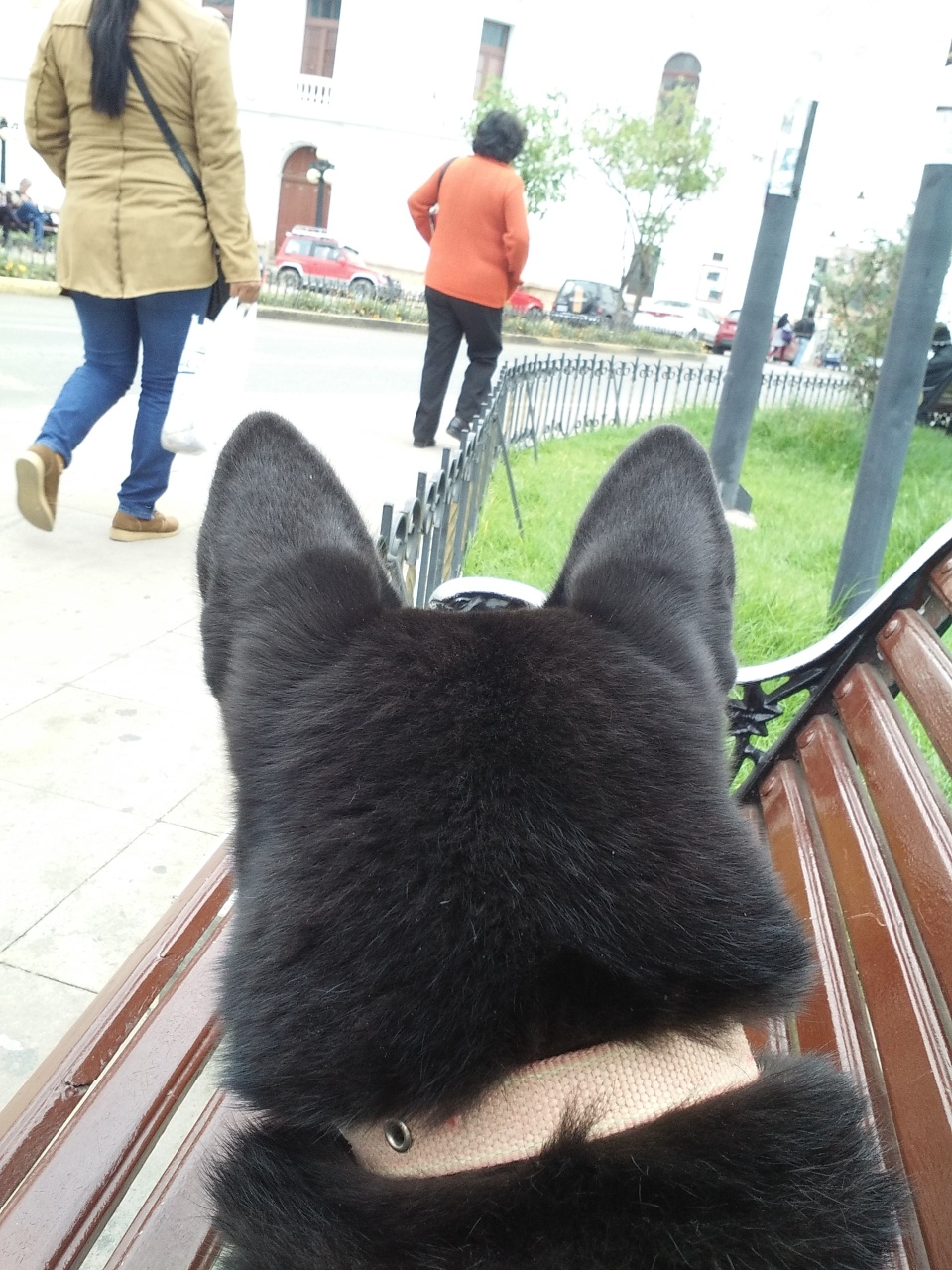
After some weeks in Cusco, we went to Lima for about a week to see our uncle that was casually visiting the city at the time. Lima was surprisingly appealing, and this was yet another time where I was wrong in thinking I knew Lima without having ever been there.
As I hadn’t heard anything good about Lima in the past, I just assumed it would suck. Things you hear about Lima as a foreigner are that you will get robbed and the taxi drivers or people in the street will kidnap you and they will extort money out of you. Nothing like that happened to us, not in Lima, not in the three months we spent in Peru, not in the sixteen months spent in South America so far. We never felt threaten or under any kind of danger.
Lima was great, it was relatively cheap, food was great, people were friendly and welcoming, we got to couch surf a few times, for the first time since Salta and had great experiences, as usual, nothing worth mentioning though.
Part 6 – Paracas
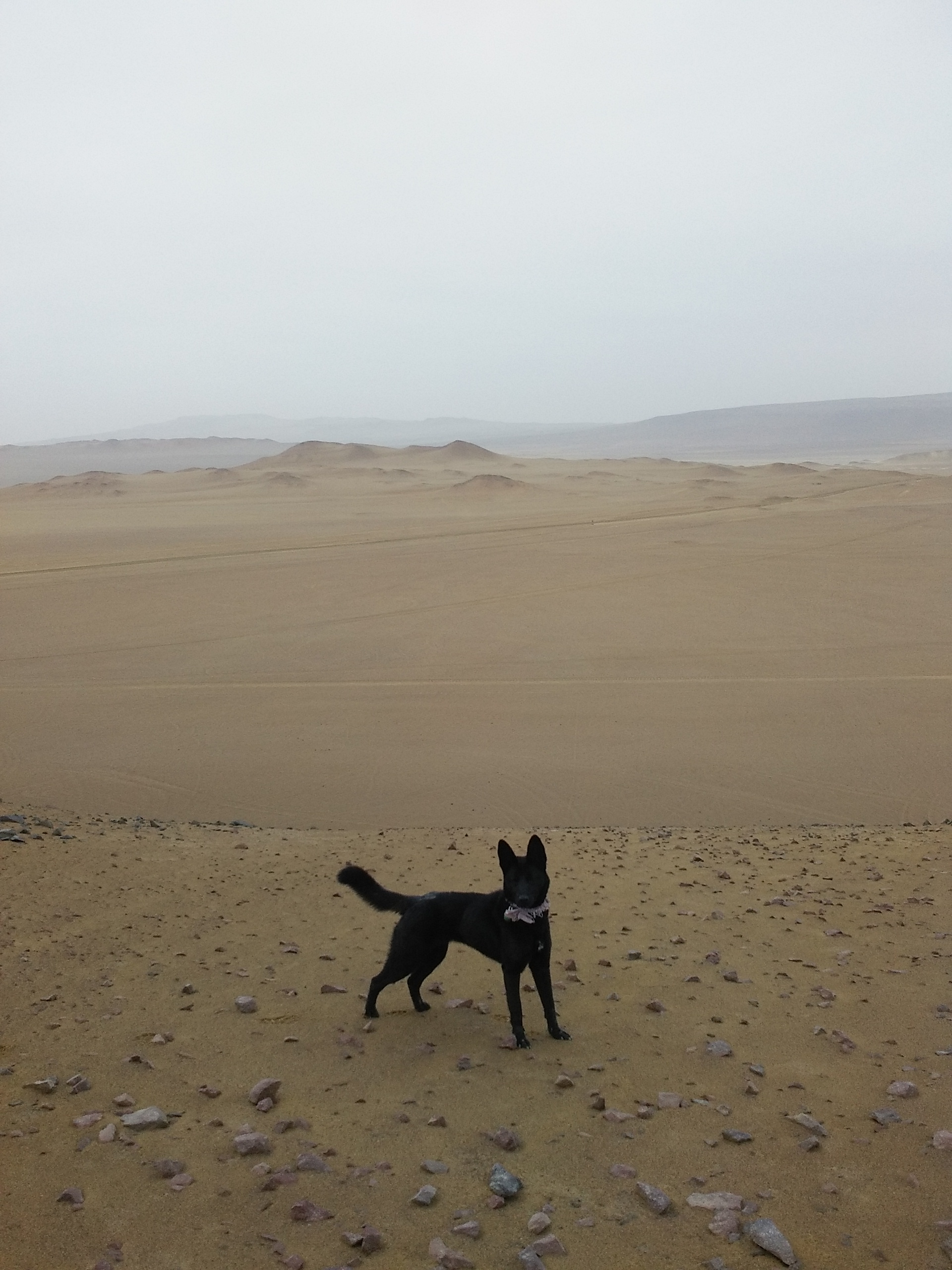
After Lima we needed a break so we went to some cities in the south: Pisco, Ica, Chincha, they were all terrible. the air and noise pollution were scary. People were a little scary but not so much, even the worse places in Peru are better than the best ones in Bolivia, so coming from Bolivia almost anywhere is nice.
After those cities, we went a small beach town called Paracas, where we decided to stay. We did the same way as in Cusco, first we got a hotel for the night and first in the morning, we went to look for a more permanent place.
All the rooms were more or less the same. We settled for one that as nice and clean, had privacy and it cost the same I was used to paying elsewhere, a hundred dollars a month, so we paid for a month and spent the next 30 days relaxing on the beach and writing stories about cats that get into some sort of troubles.
Part 7 – Choquequirao
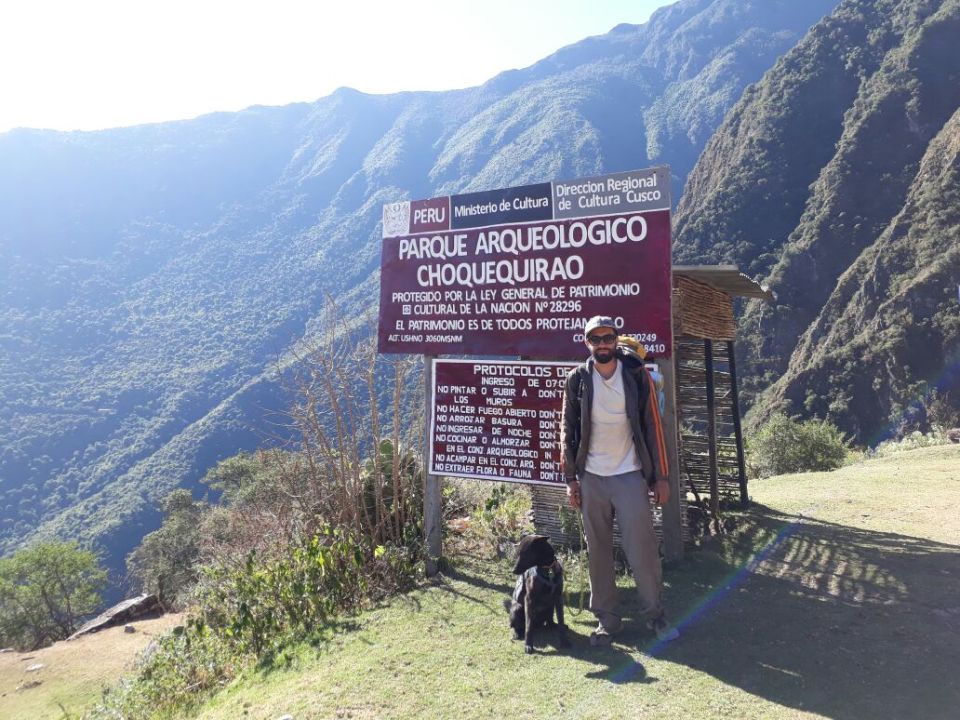
After Paracas, we decided we couldn’t leave Peru without visiting Choquequirao, so we went there and I wrote about it in the previous post so I’m not gonna write everything again.
Part 8 – Iquitos
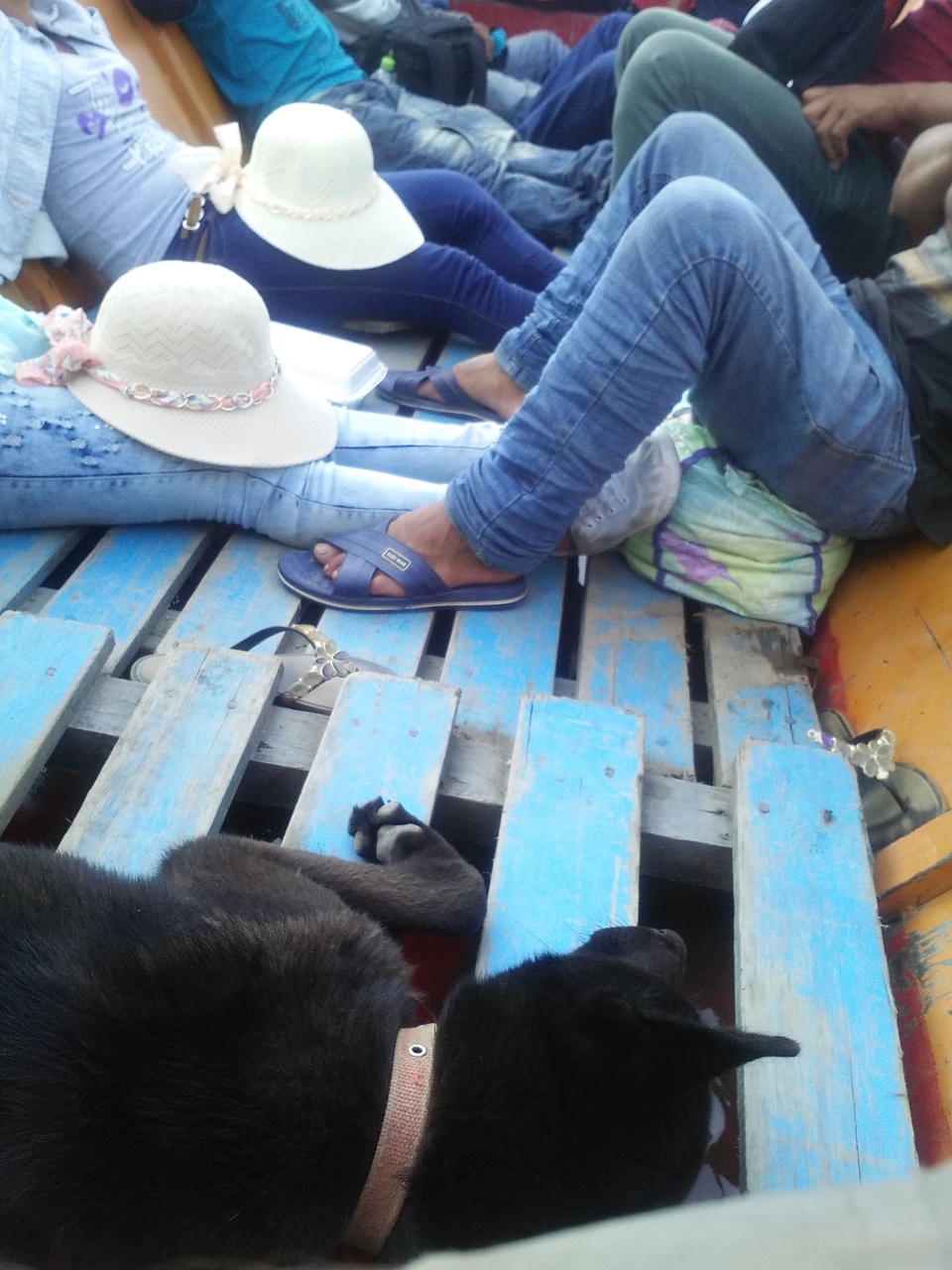
To get to Iquitos from Choquequirao took us about ten days, changing boats about 6 times, starting at Ivochote, and going through Camisea, Nuevo Mundo, Sepahua, Atalaya, Pucallpa and finally Iquitos.
The boats were filthy, loud and super expensive but that’s what I get for going off the beaten track, later I found out that the reason foreigners didn’t take that route it was because it costs about four times more than going straight to Pucallpa or Yurimaguas by bus and then catching the ‘Henry’ boat to Iquitos from there.
The reasons I wanted to do the trip by boat instead of buses were because I knew it would be easier with a dog and because I had romanticized the experience of crossing the Amazonas by boat. I thought that is what South America is all about and that’s what I came here for.
In the end it really sucked, really expensive, loud, dirty, hot, full of mosquitoes, slow and we didn’t see any animals in the wild. It sucked but it was also all part of the traveling experience, so it was ok that it sucked because traveling sucks sometimes and that’s just the way it is, I can’t expect everything to be nice all the time, life doesn’t work that way.
Iquitos was really nice though. Again all my preconceptions were wrong, people online describe Iquitos as hell on earth, a crime-ridden slum where everyone’s out to get you. It wasn’t like that at all though and even in the slum area of Belen, it felt much safer than anywhere in Argentina. In the end the only ones out to get us where the mosquitoes, and a couple stray dogs.
Part 9 – Ayahuasca
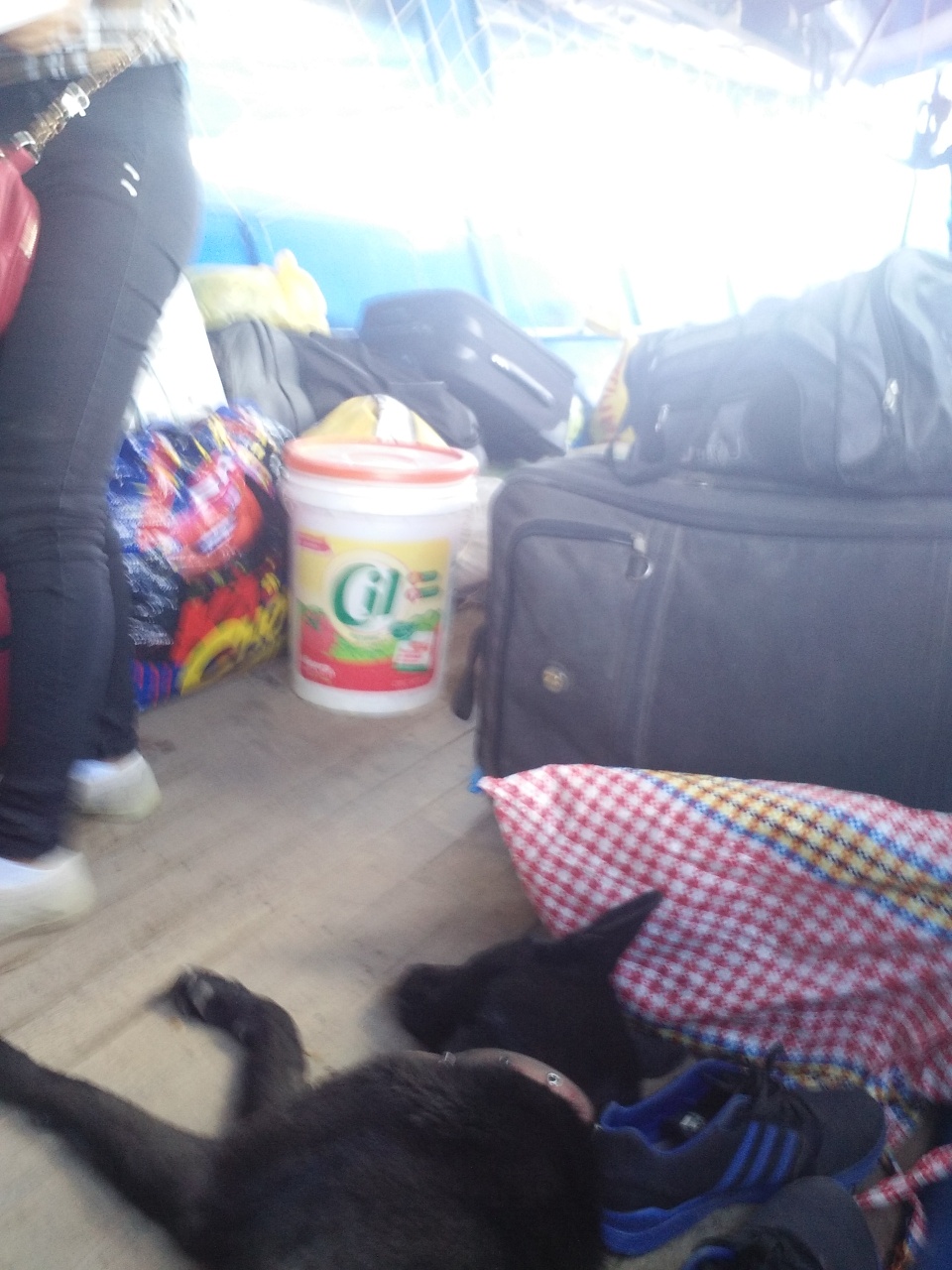
If you check online, ayahuasca retreats in Iquitos got for about a thousand dollars a pop, I could pay like five, or maybe ten. I guess I could say I’m good at finding something that is lost, or something that is cheap, that’s actually one of the few things I’m good at, so if someone can find ayahuasca for five dollars that’s me.
The easiest way to go about this kind of things is usually through Couchsurfing. Couchsurfers know what’s going on. I checked the Couchsurfers in Iquitos and about half of them were ayahuasca shamans or had ayahuasca for sale at a fraction of the price of what it costs anywhere else. So I just wrote to the only one who didn’t have bad references and stayed with him.
The thing about ayahuasca though is that most people won’t give you the ‘medicine’ just like that, instead they will put on a whole show or ‘ceremony’ as they call it, during the one they spit on you and force you to smoke or at the very least blow smoke all over you, they touch you and they sing for at least four hours so that you won’t feel ripped off by paying hundreds of dollars for a few hours of a show in a country where the average person makes about 10 dollars a day.
Now, if you don’t know me, I’m the person that can’t even make a phone call because it’s too awkward. How can I let some stranger spit on me? I don’t want loud music and having to talk to others, I just want to stay in a closed room and hallucinate by myself, in silence, without having to interact with people in any way, and just letting my mind go wherever it wants to go, or wherever I need it to go.
Choquequirao and Ayahuasca were pretty much what Peru was all about for me. No, not Machu Pichu, truth is that I’d choose visions and hallucinations over tourist attractions any day. So when the five dollars ayahuasca ceremony my host prepared for his surfers came my way, I just swallowed my pride and let them spit and blow smoke all over me, only to have the chance of trying this unique experience (weird) people from all over the world come to Peru for.
In the end I didn’t have any visions, I just got sick, like very sick, with vomit and diarrhea, dehydration, nausea, dizziness and everything you are probably familiar with if you’ve ever had a hangover.
The fight or flight reflex was triggered on me every few seconds during the ceremony due to the deafening volume of the music, the air pollution and the fact of being in a dark room with strangers doing strange things, so I couldn’t really concentrate on the visions as I was too busy trying to no die from the excruciating stomach pain. Trying not to faint, trying not to vomit to keep the ‘medicine’ inside for as long as I could so as to reap off the benefits of it.
There may be some benefits to ayahuasca besides the visions, but the side effects are just too unbearable for me that I doubt I’ll be trying it again, in the same way, I wouldn’t be getting drunk again anytime soon because I dislike vomiting and feeling generally unwell.
My body reacted to ayahuasca in the same way it reacts to alcohol or any poison, by trying to get rid of it as soon as possible. The ‘shamans’ explain that as the ‘medicine’ wanting to clean your body and get rid of the toxins in it through vomit and diarrhea but the fact remains that the body thinks its a poisonous substance and can’t keep it inside for long.
For some people, if you’re a heroin addict, for example, I can see what benefits could have to treat your body this way, but for me I don’t think I have anything to clean my body from, I’ve never smoked, seldom drink, I don’t eat meat and I never eat processed food, I exercise often, eat my fruits and veggies and have a stress free lifestyle, I was just doing it for the visions and to try to get more inspiration for writing.
Everyone’s body is different and everyone reacts to it in a different way. My experience was not a good one but I would still recommend people to try it because life is short and the hallucinations will most probably be well worth the side effects.
It is for that that I may give it another chance someday, just not anytime soon.
After that, we took the ferry from Iquitos to Santa Rosa, swap sim cards with some random foreigners on the street and crossed the border into Colombia.
Part 10 – Conclusion
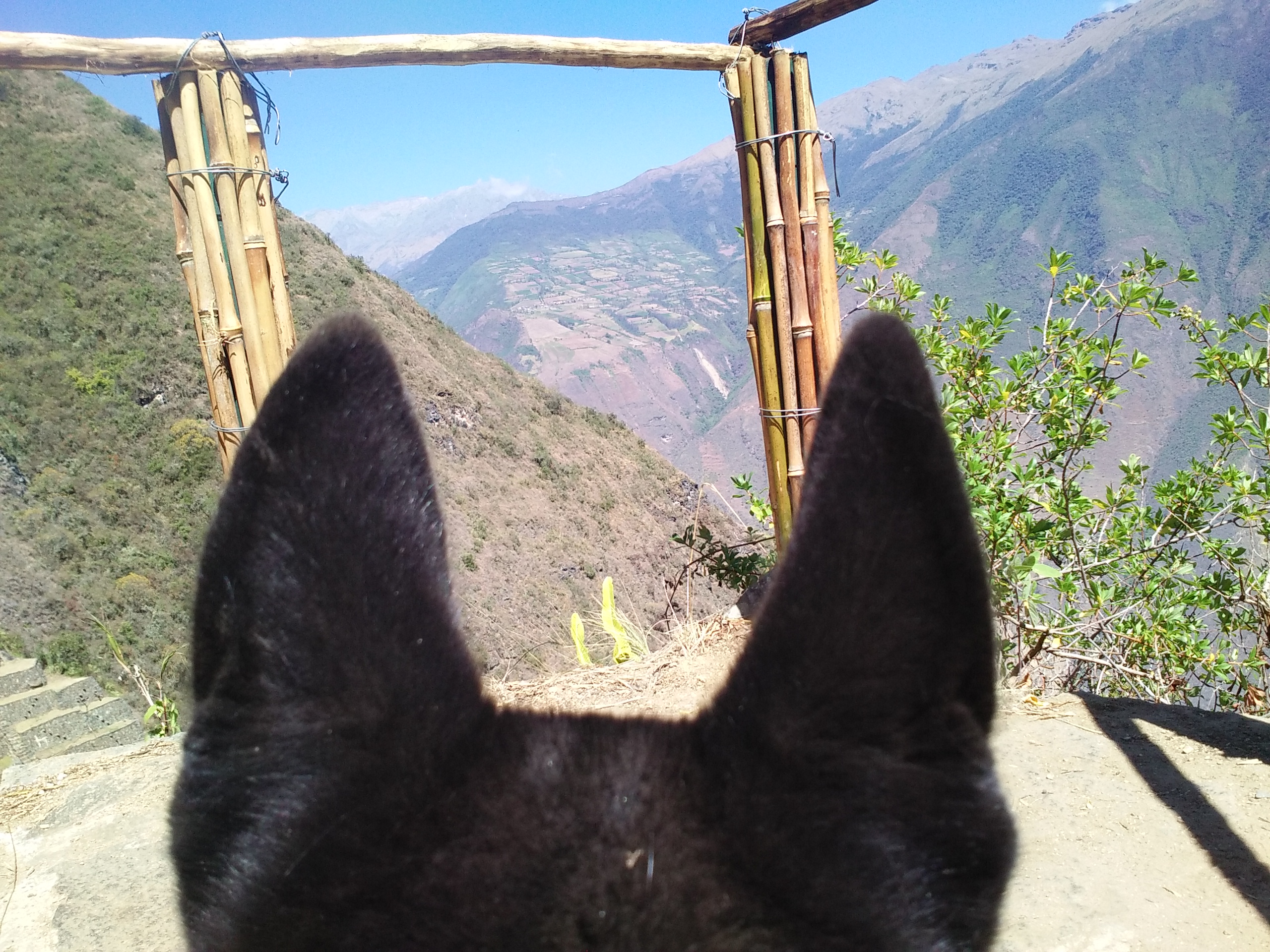
The time spent in Peru was overall a great time. Far better than the one spent in Argentina, Chile or Bolivia.
What’s the worst thing about Peru? By far Cumbia Peruana. It’s the music people listen to all the time everywhere. And it sucks, and some bus rides and boat rides last for a few days and you have to listen to the same music all day and all night long, because there’s no break from it, every restaurant, shop, on the street everywhere, there’s no escape. Sometimes you vomit because of it and you just want to die. The good thing is that every once in a while it will be mixed in with some cumbia or reggaeton, usually it isn’t though.
Alcohol prices are high, a beer costs about twice as much as a decent meal and a bottle of wine equals the price of four meals. It’s not really expensive, just expensive compared to everything else.
It’s not possible to extend your tourist visa in Peru, so if you decided you want to stay longer than three months you have to either leave and come back or overstay and never come back, both are not good options I guess.
What’re the best things about Peru? People are nice, there are many things to do and it’s really affordable. I don’t think I’ve ever spent more than 3 dollars on a meal or more than 10 in a hotel. Then there’s also the variety of landscapes, weather, food, and culture. Of the three months, we spent here, one was in the mountains and valleys of the Cusco area, another one on the beaches and desert of the Pisco, Ica and Chincha areas and the third on in the Amazonian jungle with tropical weather. There’s something for everyone in Peru, ok not for everyone, but for many and there was definitely something for me here.
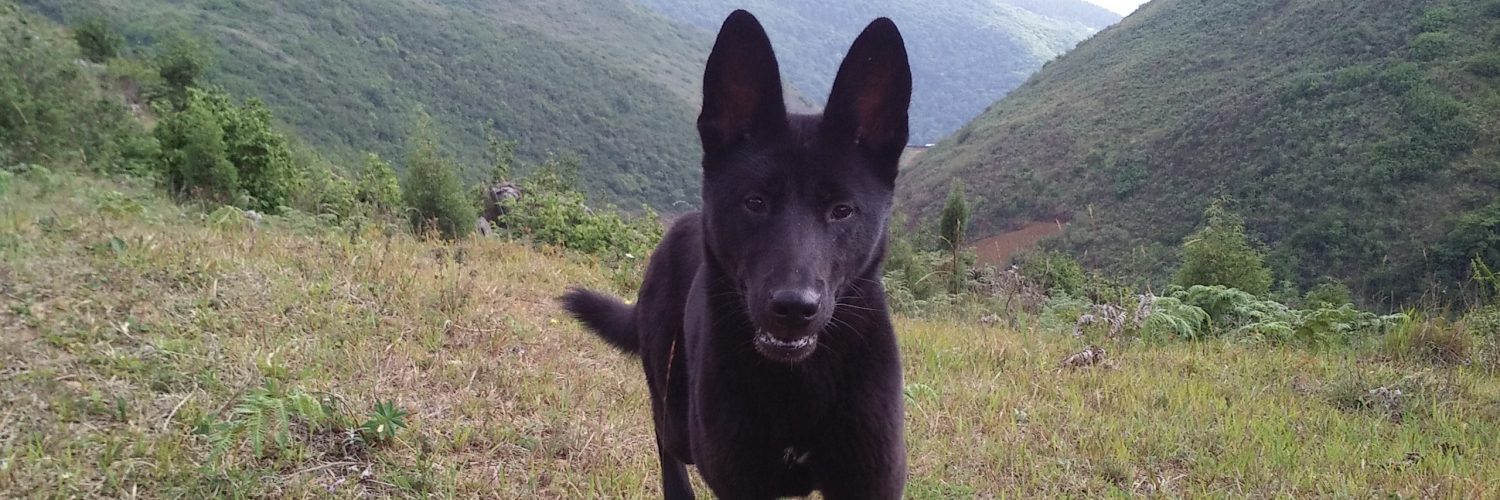
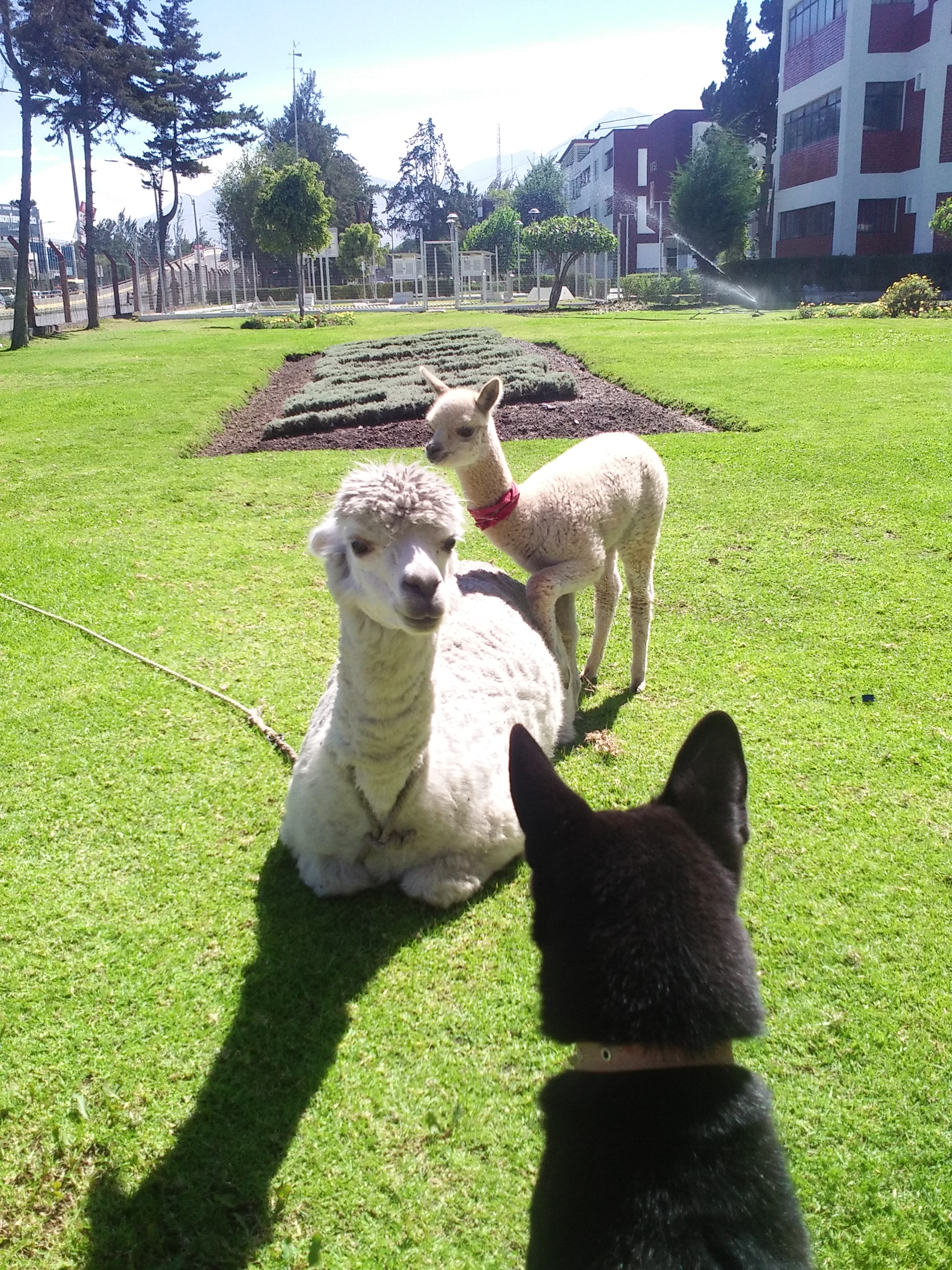
0 thoughts on “What has happened in Peru”